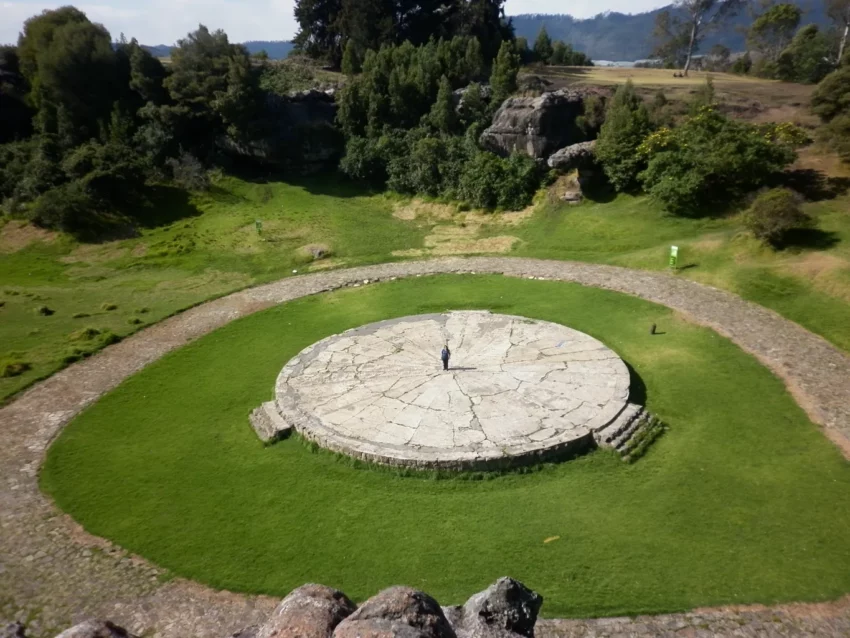Piedras del Tunjo: A Glimpse into Ancient Colombian Culture
Piedras del Tunjo, or “Tunjo Rocks,” is an important archaeological park located 40 kilometers west of Bogotá in the municipality of Facatativá in Colombia. This natural rock shelter is rich in history and features numerous pictographs made by ancient Muisca artists.
Get your dose of History via Email
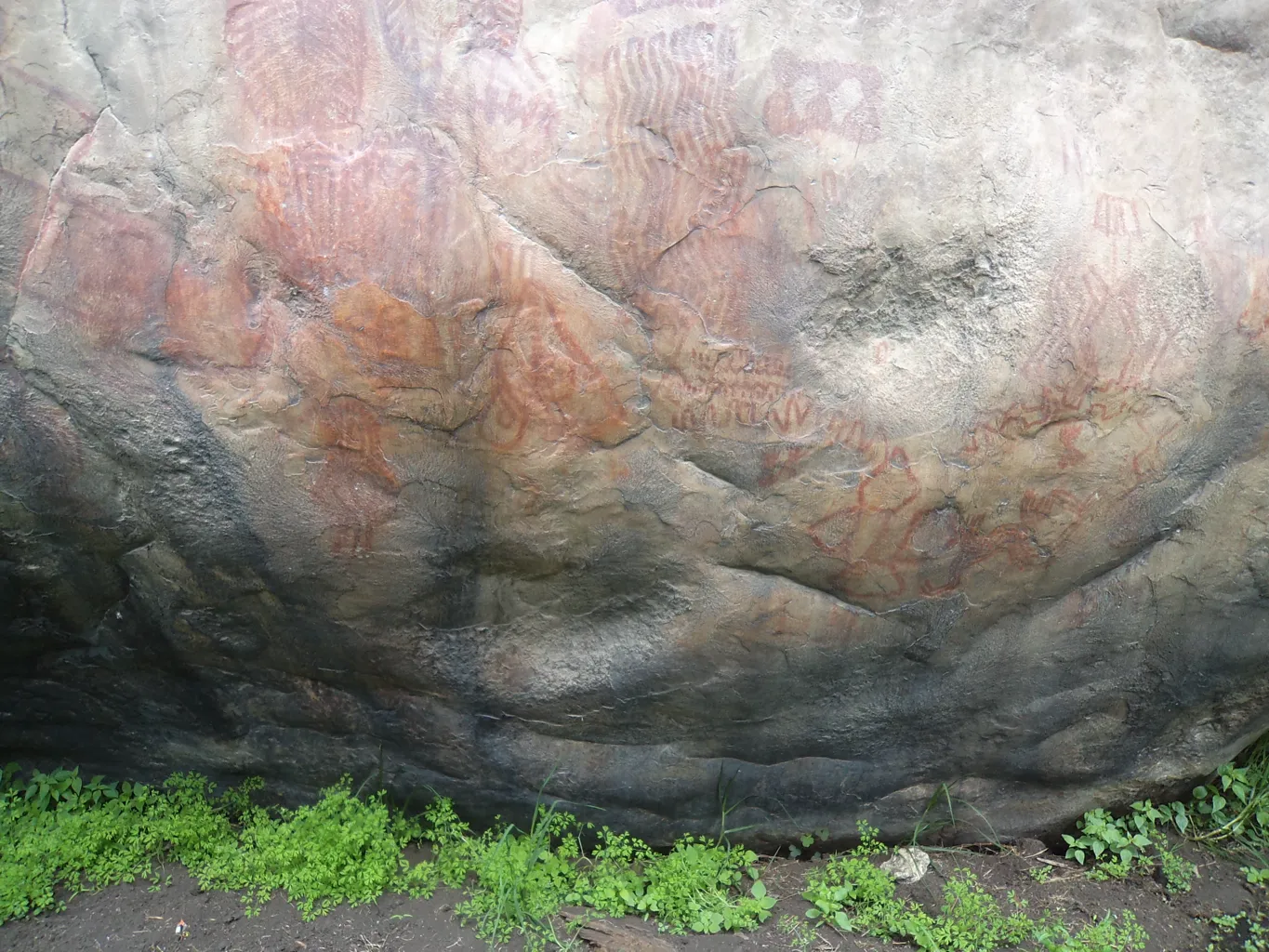
Historical Significance
In the Late Pleistocene, Piedras del Tunjo sat on the shore of a large lake that flooded the Bogotá savanna. This area, known as Lake Humboldt, provided a strategic refuge for the Muisca rulers during the Spanish conquest. It is also one of the potential sites where Gonzalo Jiménez de Quesada’s soldiers killed the ruling zipa, Tisquesusa, in April 1537.
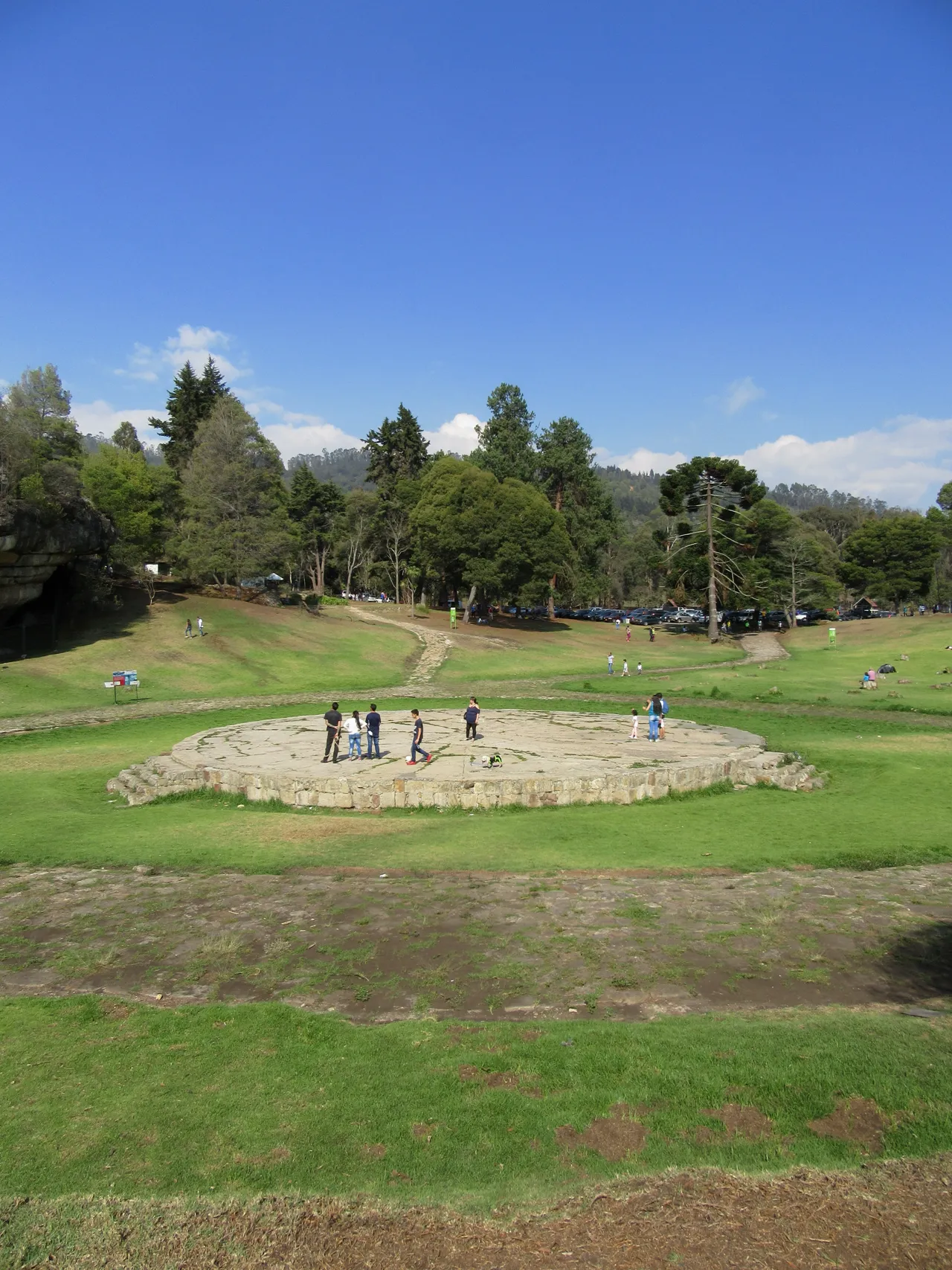
The Pictographs
The rocks are covered with pictographs created by Muisca artists on rocks of the Guadalupe Group. Although their exact age is unknown, some estimates suggest they could be as old as 12,000 years. These paintings, made from various mineral substances like iron oxides and manganese, as well as organic materials such as blood and fats, depict universal symbols whose specific meanings have been lost over time.
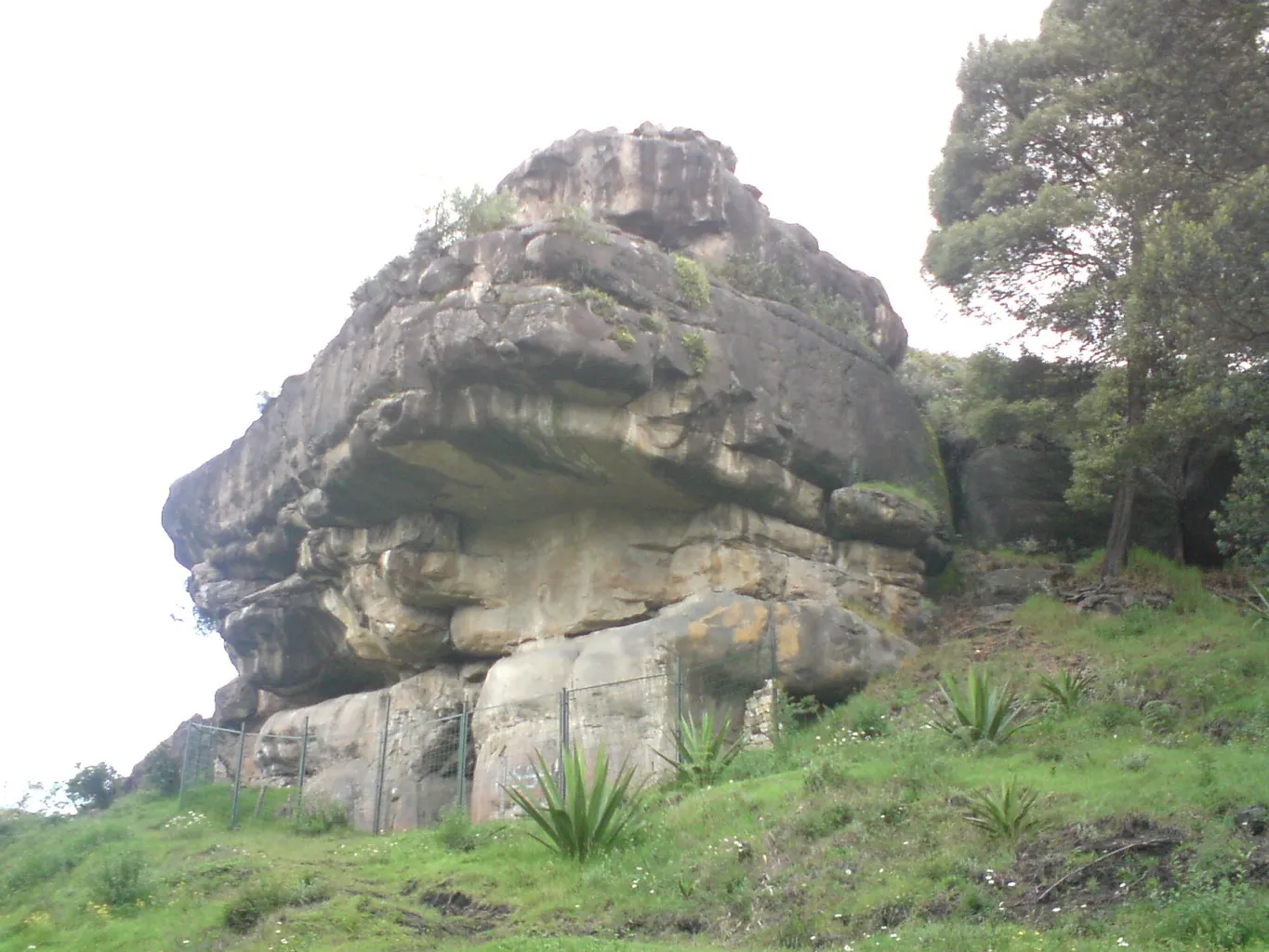
Establishment of the Park
The area of Piedras del Tunjo was once an hacienda owned by a wealthy family. In 1946, the government nationalized the land to establish the park. The process of expropriation, initiated by Minister of Education Germán Arciniegas, was not completed until 1969. The administration of the park was transferred to various governmental bodies over the years, including the National Ethnological Institute and the Regional Autonomous Corporation (CAR).
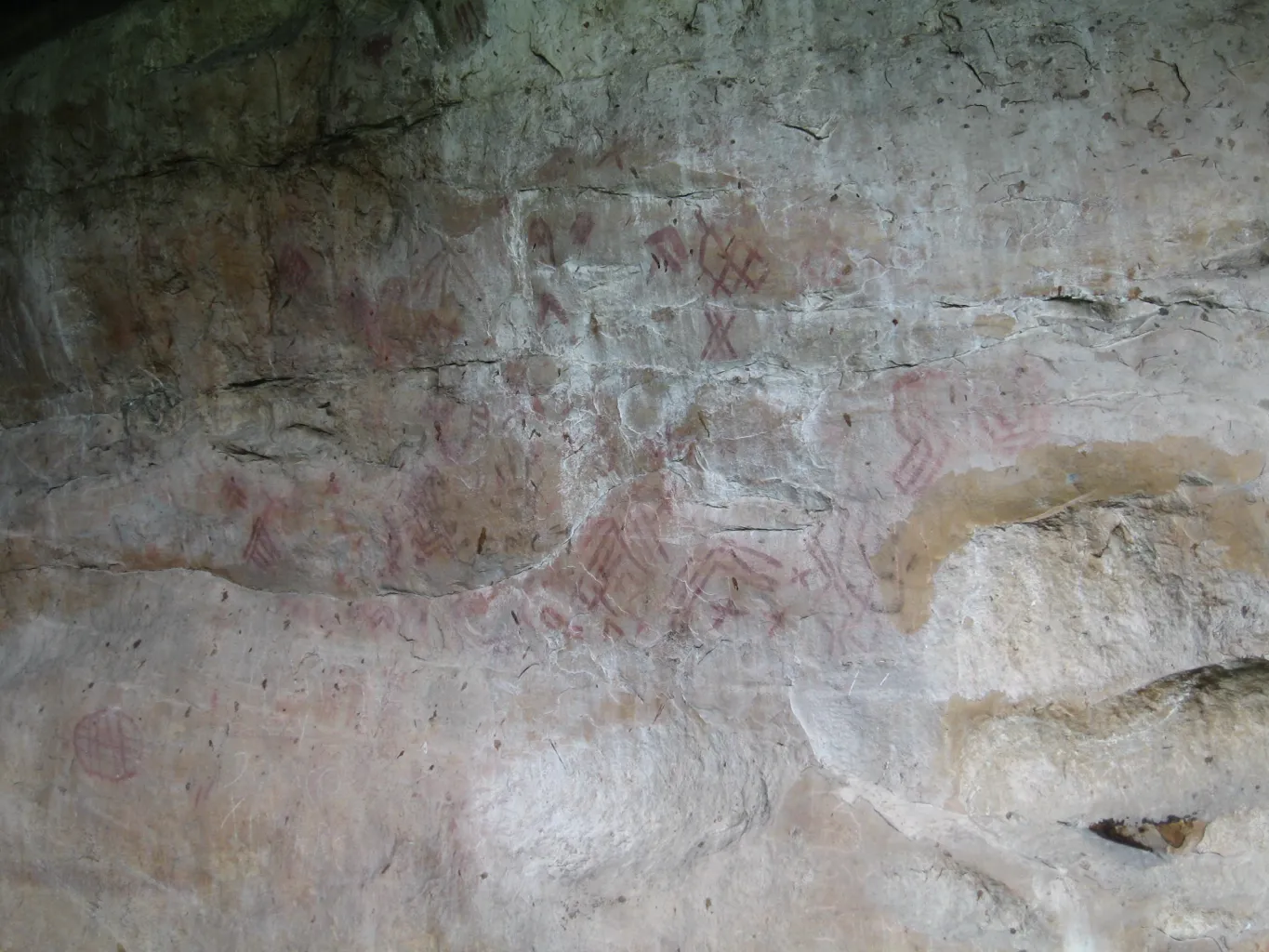
Deterioration and Conservation Efforts
Over the decades, the park has suffered significant deterioration due to government negligence, lack of protective policies, and vandalism. The main causes of damage include:
- Vegetation: Roots and organic material fracture and decompose the stones.
- Fungi and Lichens: Moisture fosters their growth, covering and damaging the pictographs.
- Saline Efflorescence: Salt deposits cause the stone to harden, exfoliate, and detach.
- Bird Droppings: These cause both physical and chemical damage to the rocks.
- Exfoliation: Caused by thermal shock from temperature changes, especially due to bonfires.
- Vandalism: Graffiti, carvings, and other deliberate damages significantly mar the pictographs.
Despite these challenges, some efforts have been made to restore and protect the site. In 2004, a restoration project uncovered previously unseen white pictographs on Stone 16. Additionally, in 2012, further excavations and conservation measures were undertaken to preserve the remaining artifacts.
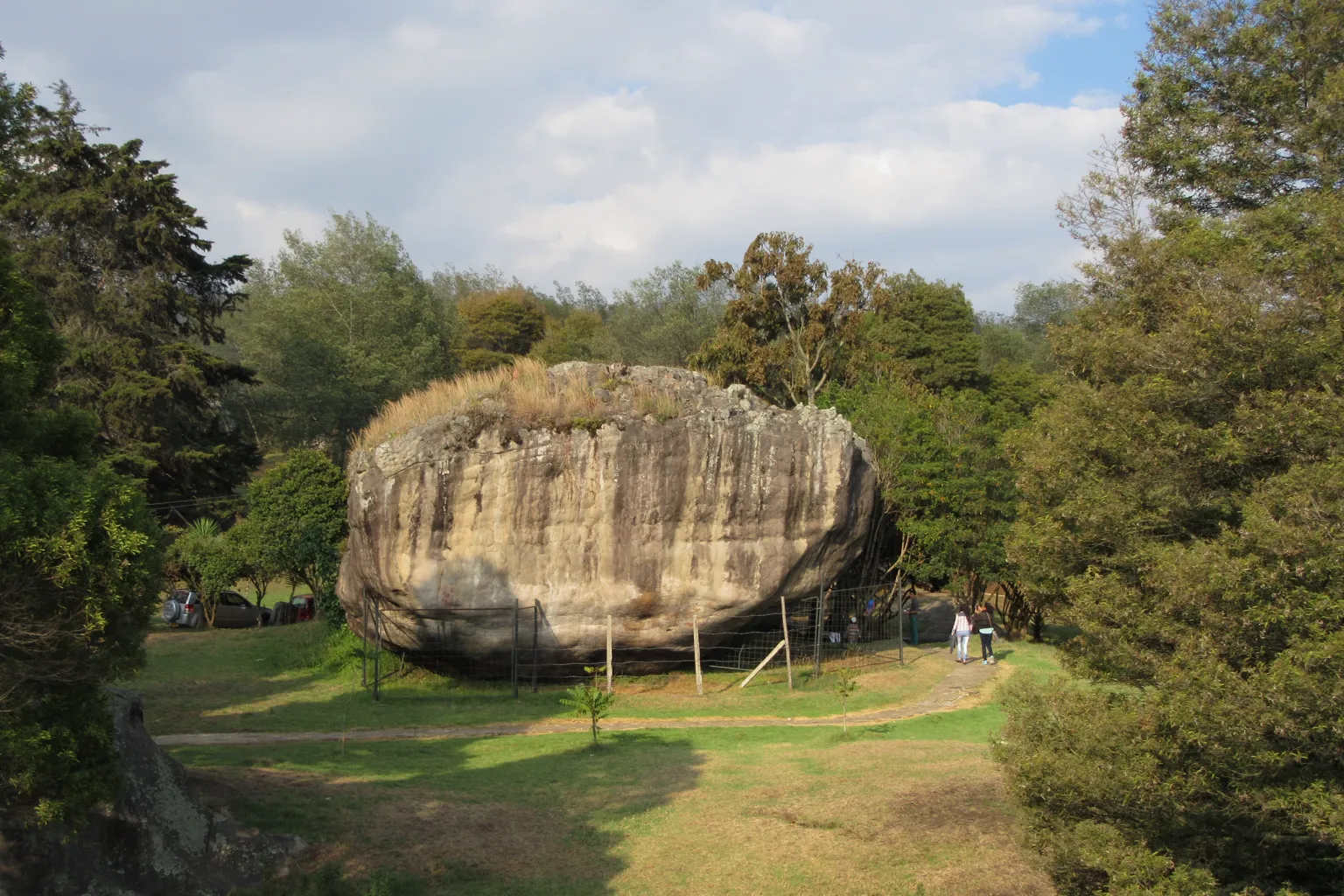
Features of the Park
Piedras del Tunjo is one of the largest concentrations of pictographs in an urban area. The park offers a trail that guides visitors through the most important pictographs, despite their marked deterioration. The rocks are scattered throughout the park, providing a fascinating look at the spiritual and cultural significance they held for the Muisca people.
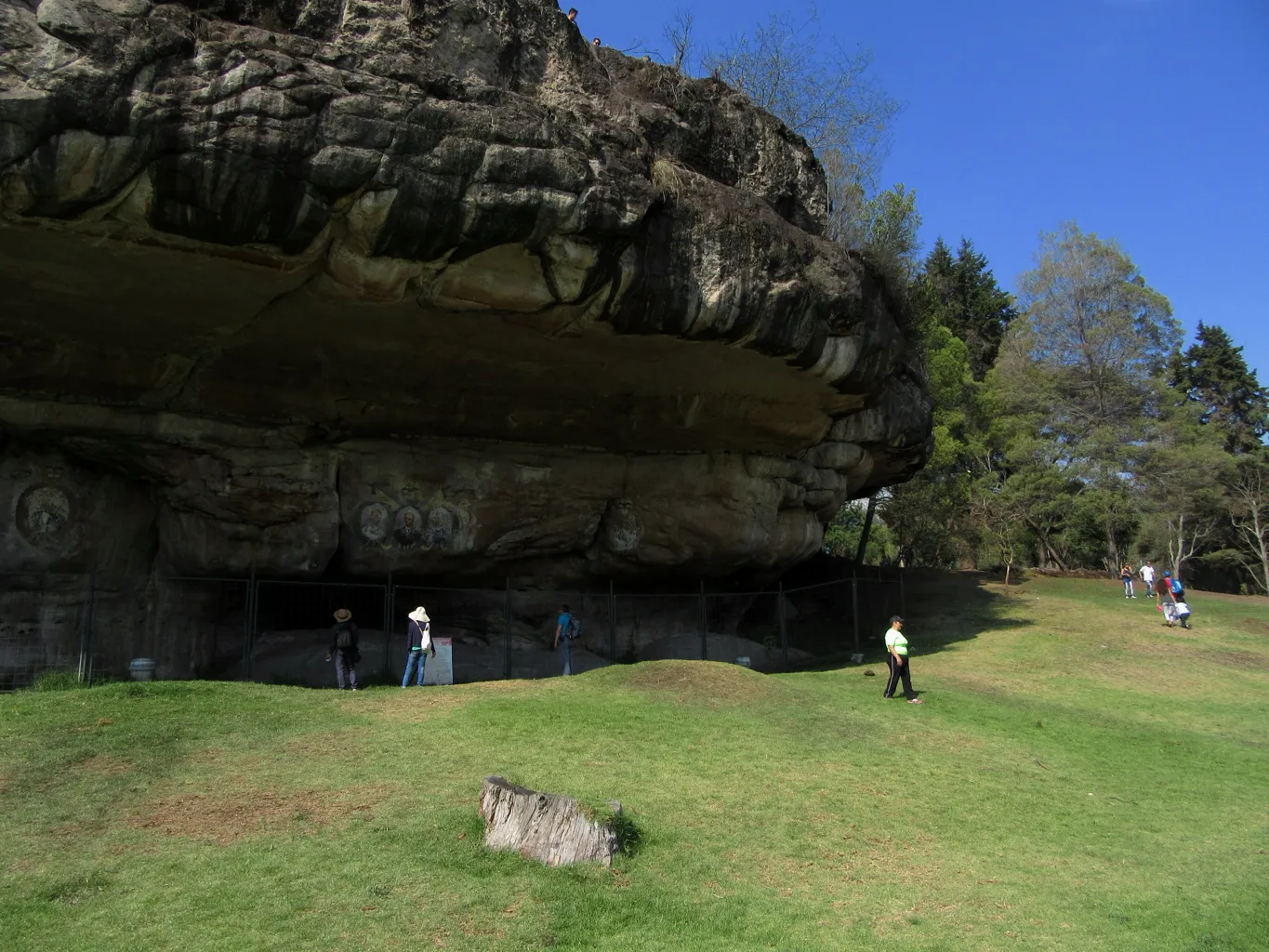
Current Status
Today, Piedras del Tunjo faces ongoing threats from both natural and human causes. The park’s management, now in partnership with the municipal government of Portimão, continues to strive for the preservation and restoration of this invaluable archaeological site. However, the process is long and costly, and the need for more effective protective measures remains urgent.
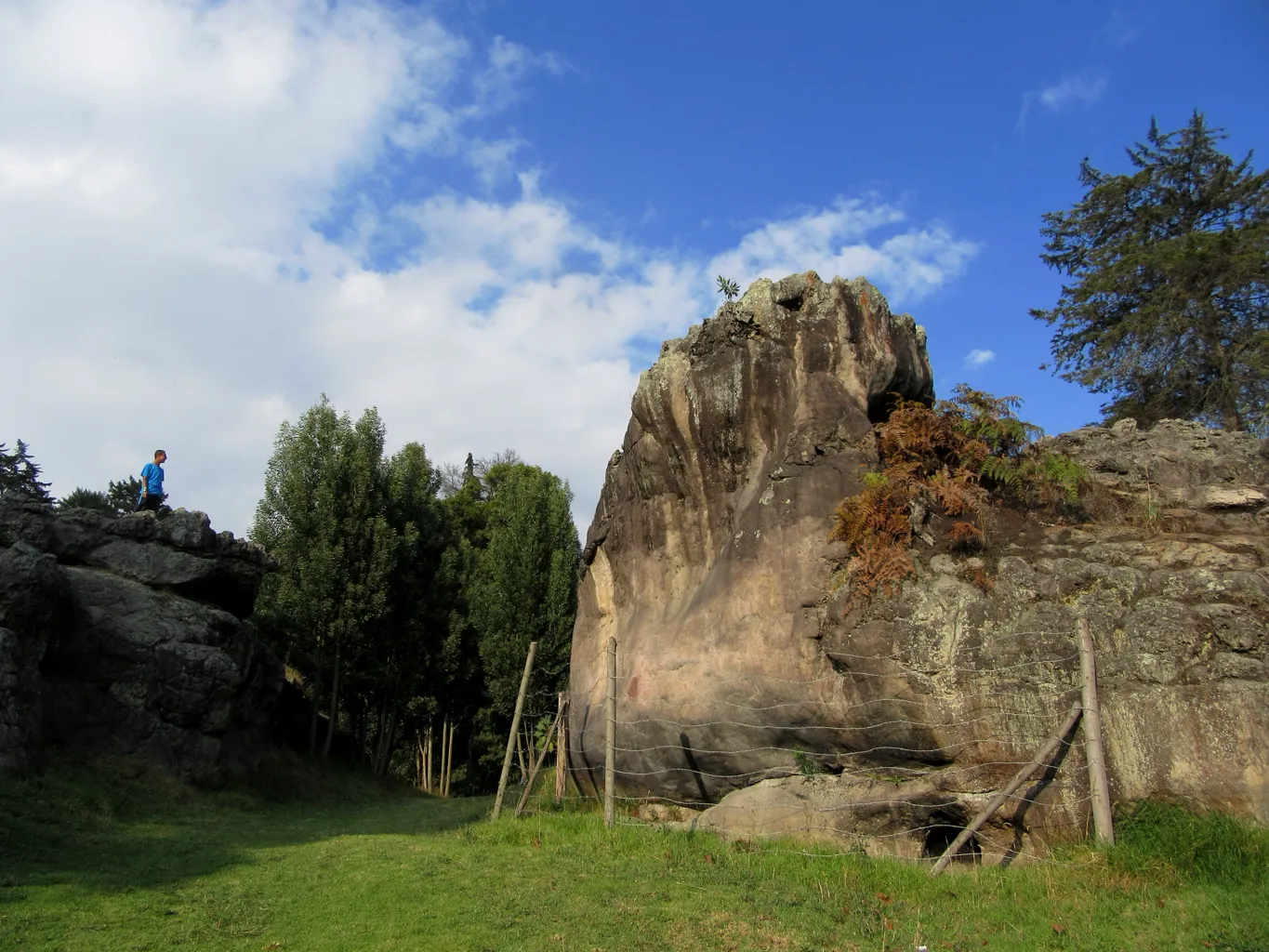
Conclusion
Piedras del Tunjo stands as a testament to the rich cultural heritage of the Muisca civilization. Despite the significant challenges in preserving this site, it continues to offer valuable insights into the lives and artistry of ancient Colombians. Efforts to protect and restore the pictographs are crucial for ensuring that future generations can appreciate and learn from this remarkable archaeological treasure.
Sources:

